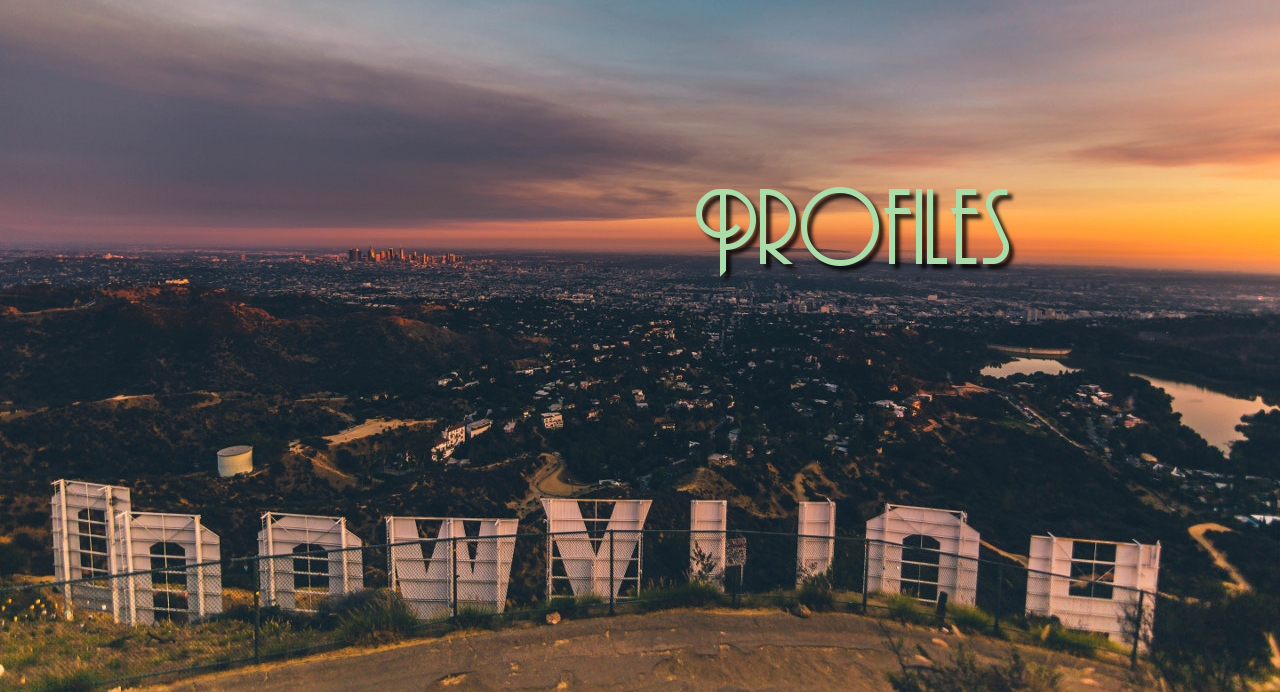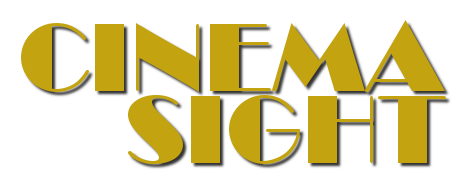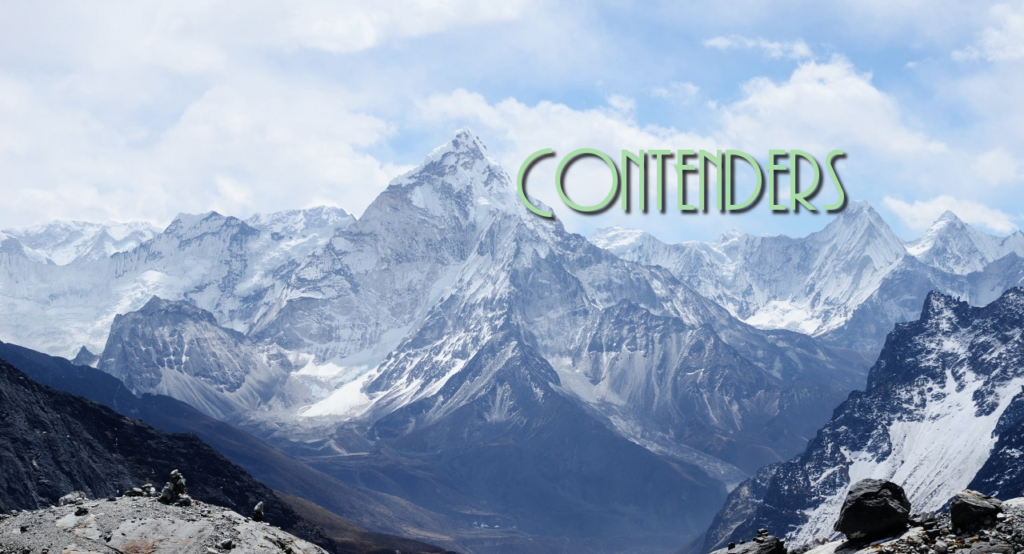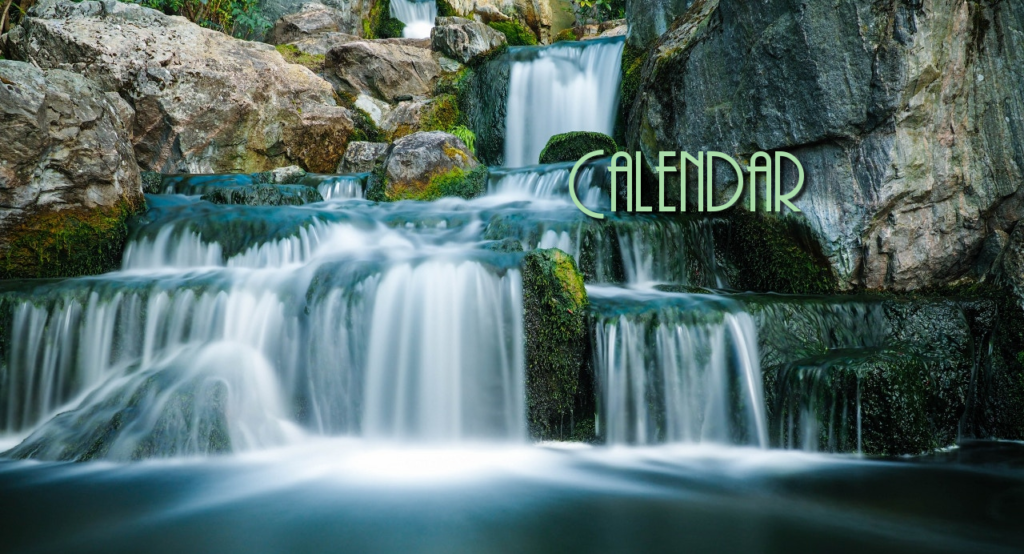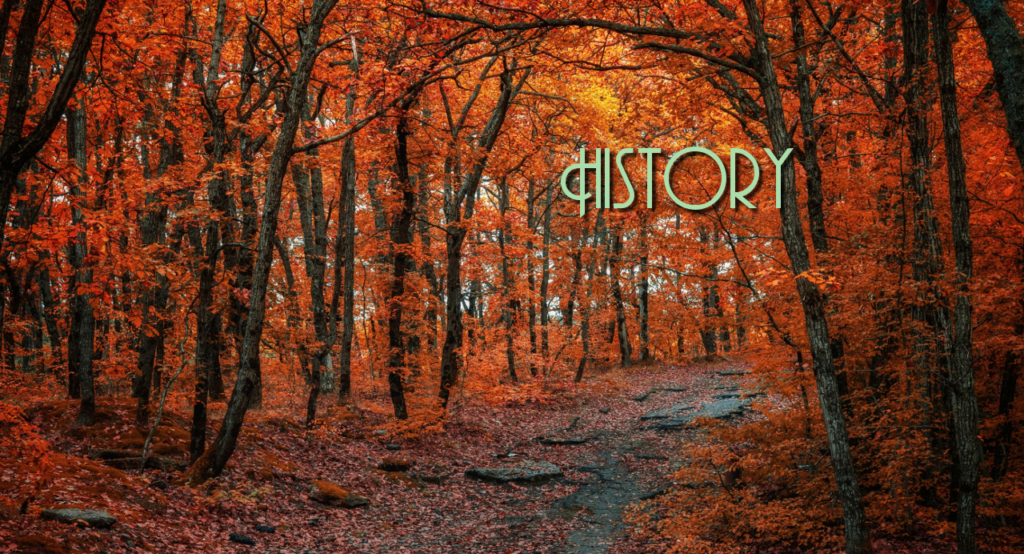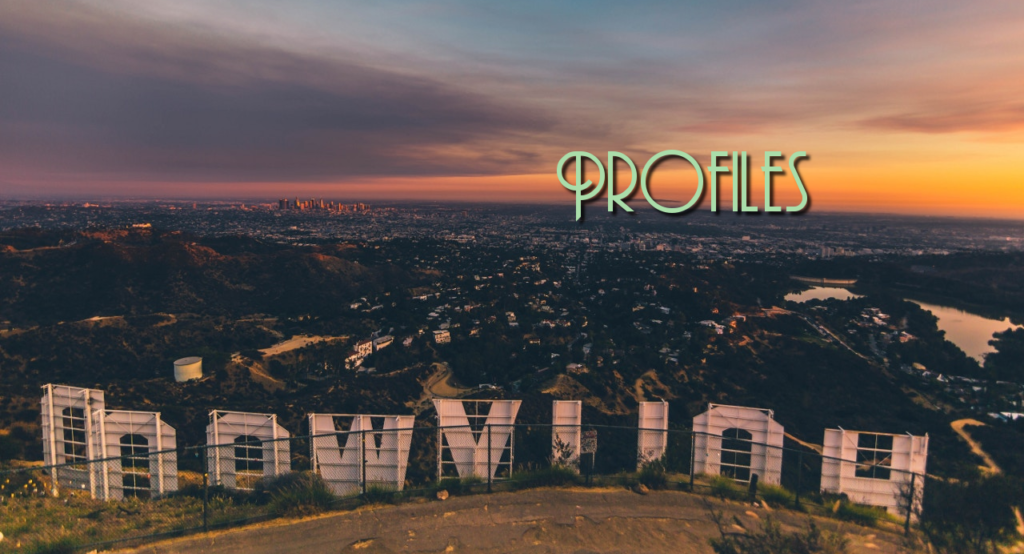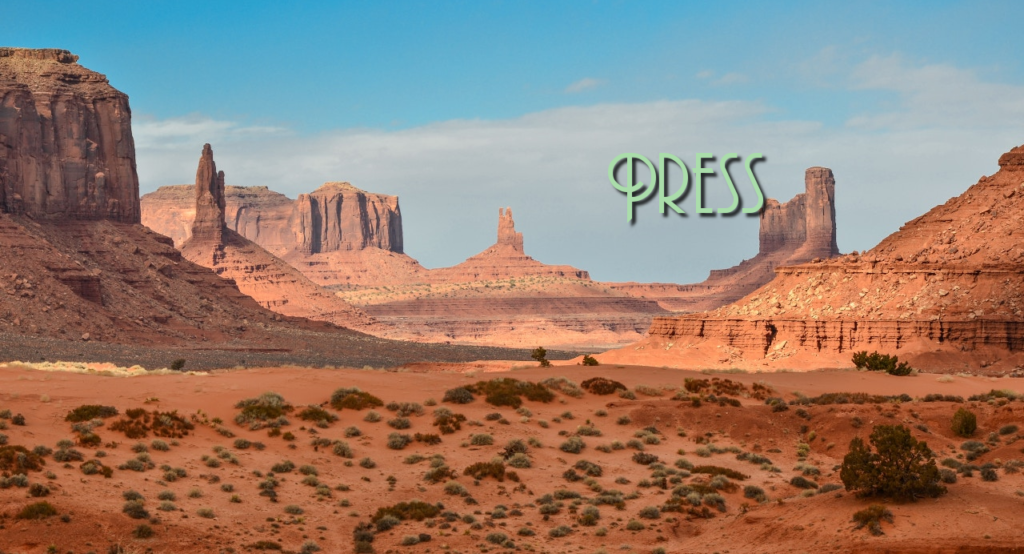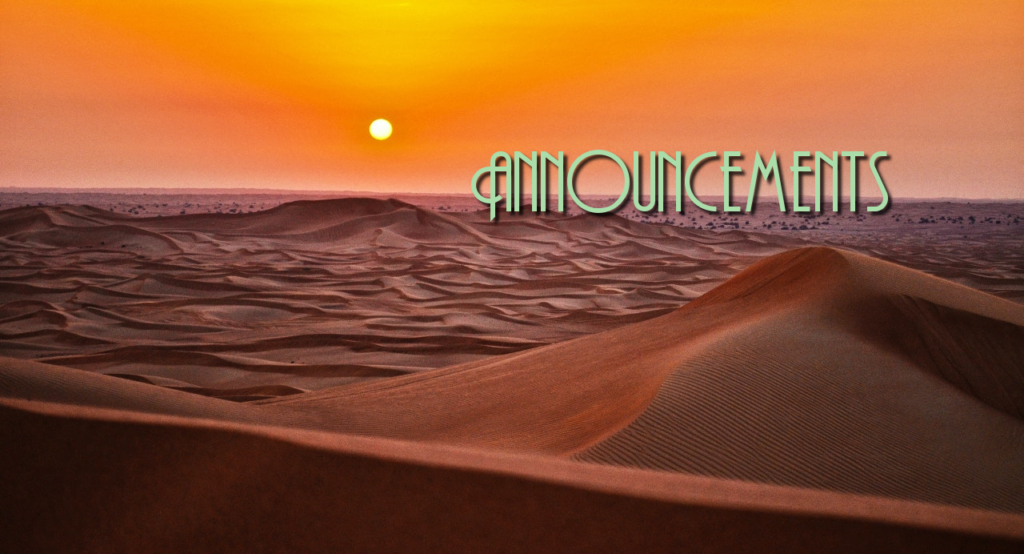 Born September 16, 1903 in Los Angeles, California, Russell Harlan was the son of a couple from the Midwest who raised him and his younger brother, Richard, in Los Angeles.
Born September 16, 1903 in Los Angeles, California, Russell Harlan was the son of a couple from the Midwest who raised him and his younger brother, Richard, in Los Angeles.
Harlan started in the film industry as an actor and stuntman, and by the early 1930s was working behind the camera as an assistant. Among the films he worked on as an assistant cameraman were William A. Wellman’s 1927 Oscar winner, Wings and Cecil B. DeMille’s 1935 biblical epic, The Crusades. His first work as lead cinematographer was in 1937, when he filmed four “Hopalong Cassidy” westerns for Harry Sherman Productions. He continued as the principal photographer on “Hopalong Cassidy” and other B westerns through 1944.
Harlan’s first major film was Lewis Milestone’s 1946 war film, A Walk in the Sun starring Dana Andrews and Richard Conte. He followed that with three A-list westerns. Andre De Toth’s 1947 film, Ramrod starring Joel McCrea and Veronia Lake, Alfred E, Green’s 1948 film, Four Faces West starring McCrea and Frances Dee, and Howard Hawks’ 1948 masterwork, Red River starring John Wayne and Montgomery Clift.
Among Harlan’s subsequent films were Joseph H. Lewis’ 1950 film noir Gun Crazy starring John Dall and Peggy Cummins, and two more Hawks films, 1951’s The Thing from Another World starring James Arness in the title role and 1952’s The Big Sky starring Kirk Douglas and Dewey Martin for which he received his first Oscar nomination.
Harlan ramped up his career in the mid-1950s. In 1955, he lensed Richard Brooks’ Blackboard Jungle starring Glenn Ford and Sidney Poitier for which he received his second Oscar nomination, Hawks’ Land of the Pharaohs starring Jack Hawkins and Joan Collins, and Brooks’ The Last Hunt starring Robert Taylor and Stewart Granger. In 1956, he lensed Vincente Minnelli’s Lust for Life starring Kirk Douglas and Anthony Quinn, and in 1957 he lensed Brooks’ Something of Value starring Rock Hudson and Sidney Poitier, Robert Wise’s This Could Be the Night starring Jean Simmons and Paul Douglas, and Billy Wilder’s Witness for the Prosecution starring Tyrone Power, Marlene Dietrich, and Charles Laughton.
In the late 1950’s came Wise’s Run Silent, Run Deep starring Clark Gable and Burt Lancaster and Michael Curtiz’s King Creole starring Elvis Presley and Dolores Hart in 1958, and Hawks’ Rio Bravo starring John Wayne and Dean Martin, DeToth’s Day of the Outlaw starring Robert Ryan and Burl Ives, and Blake Edwards’ Operation Petticoat starring Cary Grant and Tony Curtis in 1959.
In 1960, Harlan lensed two of the year’s best films, David Swift’s Pollyanna starring Hayley Mills and Jane Wyman and Vincent J. Donehue’s Sunrise at Campobello starring Ralph Bellamy and Greer Garson. In 1962 he lensed Hawks’ Hatari! Starring John Wayne and Hardy Kruger, Robert Mulligan’s The Spiral Road starring Rock Hudson and Burl Ives, and Mulligan’s To Kill a Mockingbird starring Gregory Peck in his Oscar winning role. Harlan received two Oscar nominations for his work this year. He was nominated for Best Cinematography – Black-and-White for To Kill a Mockingbird and Best Cinematography – Color for Hatari!
Harlan’s later 1960s films included Delbert Mann’s A Gathering of Eagles starring Rock Hudson and Rod Taylor, Hawks’ Man’s Favorite Sport? starring Hudson and Paula Prentiss, Mann’s Dear Heart starring Glenn Ford and Geraldine Page, Blake Edwards’ The Great Race starring Jack Emmon and Tony Curtis for which he received his fifth nomination, 1966’s Hawaii starring Julie Andrews and Max von Sydow for which he received his sixth and final Oscar nomination, and Thoroughly Modern Millie starring Andrews and Mary Tyler Moore. His last film was Blake Edwards’ 1970 film, Darling Lili starring Andrews and Rock Hudson.
Russell Harland died February 8, 1974. He was 70.
ESSENTIAL FILMS
RED RIVER (1948), directed by Howard Hawks
Harlan’s second film for Hawks was one of the director’s best. With his background lensing Hopalong Cassidy and other westerns, Harlan was more than familiar with the genre. The film itself has long been regarded not just as one of the greatest westerns ever made, but one of the greatest films of all time. It was nominated for Oscars for Best Motion Picture Story and Best Film Editing. It should have also been nominated for Best Picture, Director, Actor (John Wayne) and Cinematography. Wayne’s co-star Montgomery Clift was nominated for Best Actor for his other 1948 film, Fred Zinnemann’s The Search.
BLACKBOARD JUNGLE (1955), directed by Richard Brooks
Harlan received his first Oscar nomination for Hawks’ The Big Sky, a western that was certainly in his wheelhouse. His second was for Brooks’ film from Evan Hunter’s novel about inner-city high school juvenile delinquency. Glenn Ford had one of his best roles as the besieged English teacher opposite Anne Francis as his wife and Louis Calhern, Margaret Hayes, and Richard Kiley as fellow teachers with Sidney Poitier, Vic Morrow, and Rafael Campos among the students. In addition to Harlan’s nod, the film received Oscar nominations for Best Screenplay, Film Editing, and Art Direction – Black-and-White.
WITNESS FOR THE PROSECUTION (1956), directed by Billy Wilder
Harlan was oddly passed over for an Oscar nomination for his distinctive lensing of Wilder’s film of Agatha Christie’s Broadway sensation with an all-star cast led by Tyrone Power as an accused murderer, Marlene Dietrich as his mysterious wife, and Charles Laughton as the esteemed barrister who takes Power’s defense. The film was nominated for six Oscars including Best Picture, Director, Actor (Laughton), Supporting Actress (Elsa Lanchester), Film Editing, and Sound Recording. The splendid cast also included Una O’Connor reprising her stage role as the murdered woman’s housekeeper. It was the last film for both Power and O’Connor.
TO KILL A MOCKINGBIRD (1962), directed by Robert Mulligan
Harlan was nominated for two Oscars for his 1962 work. He received a nomination for Best Cinematography – Color for Howard Hawks’ Hatari! and Best Cinematography – Black-and-White for Mulligan’s classic film from Harper Lee’s novel. The film was nominated for 8 Oscars and won 3. Its nominations also included Best Picture, Director, Actor (Gregory Peck), Supporting Actress (Mary Badham), Screenplay, Art Direction – Black-and-White, and Score. It won for Best Actor, Screenplay, and Art Direction – Black-and-White. Harlan probably came closer to winning an Oscar for this than any other film but lost to The Longest Day.
HAWAII (1966), directed by George Roy Hill
Harlan received his sixth and final Oscar nomination for his beautiful color lensing of Hill’s 3-hour and 9-minute film of James Michener’s mammoth novel starring Julie Andrews, Max von Sydow, and Richard Harris. The film’s 7 nominations also included those for Best Supporting Actress (Jocelyne LaGarde), Costume Design – Color, Visual Effects, Sound, Score, and Song – “My Wishing Doll”. He next worked on Hill’s Thoroughly Modern Millie starring Andrews and Mary Tyler Moore and Blake Edwards’ Darling Lili with Andrews and Rock Hudson, which would be his last film.
RUSSELL HARLAN AND OSCAR
The Big Sky (1952) – nominated – Best Cinematography, Black-and-White
Blackboard Jungle (1955) – nominated – Best Cinematography, Black-and-White
To Kill a Mockingbird (1962) – nominated – Best Cinematography, Black-and-White
Hatari! (1962) – nominated – Best Cinematography, Color
The Great Race (1965) – nominated – Best Cinematography, Color
Hawaii (1966) – nominated – Best Cinematography, Color

